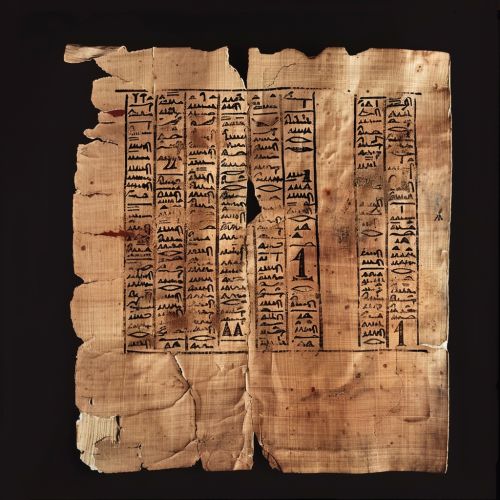Coptic language
Introduction
The Coptic language is the final stage of the Egyptian language, a northern Afro-Asiatic language spoken in Egypt until at least the 17th century. As an extinct language, it is now primarily used in the liturgy of the Coptic Orthodox Church of Alexandria and its offshoots.


History
The Coptic language evolved from the Demotic Egyptian, the script of the later phases of the Egyptian language. It was developed during the Greco-Roman period of Egyptian history, and was spoken until the 17th century. The language's decline began in the 7th century with the spread of Islam and the Arabic language in Egypt.
Alphabet
The Coptic alphabet is a slightly modified form of the Greek alphabet, with some letters derived from Demotic. It consists of 24 letters from the Greek alphabet, and an additional 6 or 7 Demotic letters. The Coptic alphabet was the first Egyptian script to indicate vowels, making it a significant step in the history of writing.
Dialects
There were several dialects of the Coptic language, including Sahidic, Bohairic, Akhmimic, Lycopolitan, and others. The most widely used dialect in the Coptic Church today is the Bohairic dialect.
Grammar
Coptic grammar is characterized by a rich system of tenses, an extensive use of prepositions, and a sentence structure that places the verb at the end of the sentence. It also includes nominal and verbal sentences, and a system of suffix and prefix pronouns.
Literature
Coptic literature includes translations of the Bible, Gnostic texts, homilies, and hagiographies. The Nag Hammadi library, a collection of early Christian Gnostic texts discovered in 1945, is one of the most significant collections of Coptic literature.
Modern Use
Today, Coptic is primarily used in the liturgy of the Coptic Orthodox Church, and to a lesser extent in the Coptic Catholic Church. Efforts are being made to revive the language, with some success in teaching it as a second language in Egypt.
